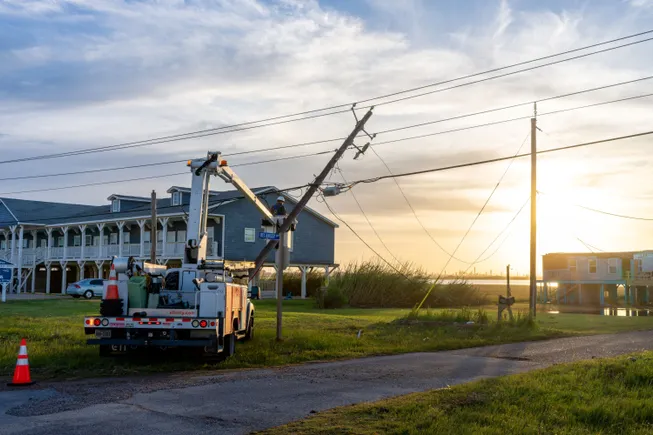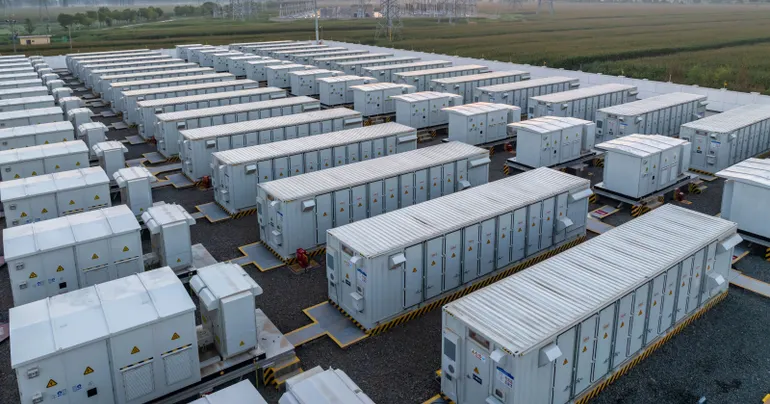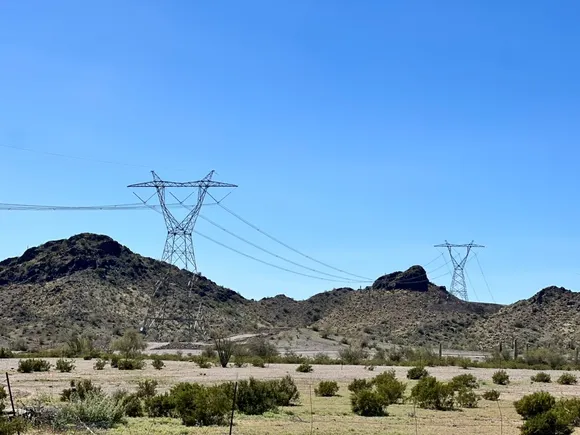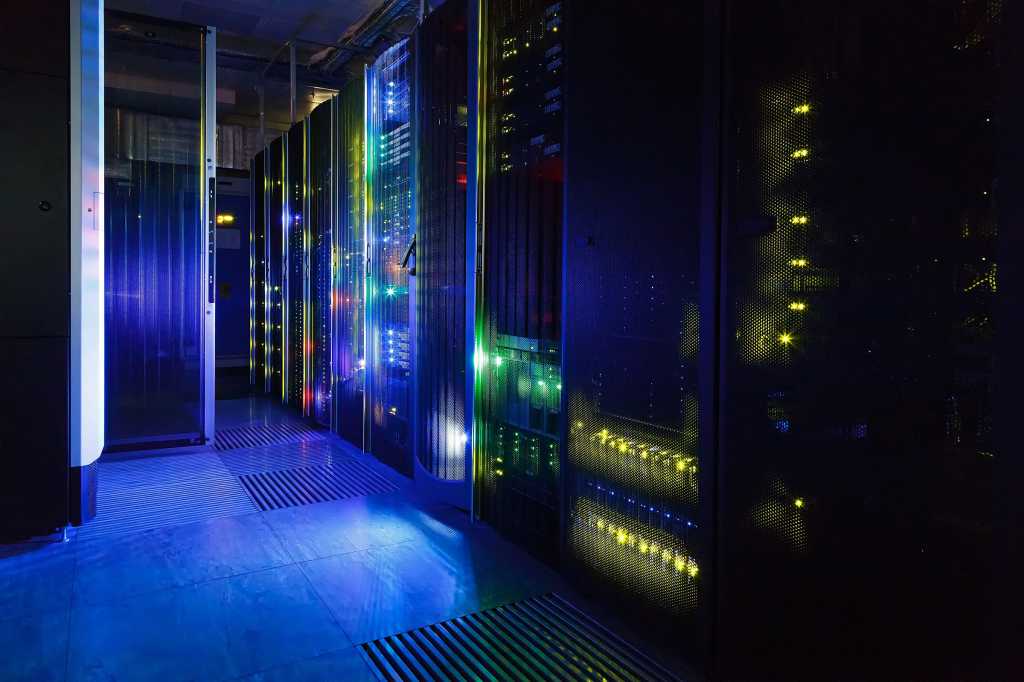
The ruling represents escalating legal pushback against Broadcom’s aggressive licensing strategy since completing its $69 billion VMware acquisition in late 2023. Telecom giant AT&T has filed similar litigation over support contract changes, while EU antitrust regulators investigate Broadcom’s practices following complaints from European business groups.
“The Dutch verdict represents a formal rebuke of how enterprise software monetization has decoupled from operational continuity,” said Sanchit Vir Gogia, chief analyst and CEO at Greyhound Research. “Vendors that revoke support for perpetual licenses without reasonable transition mechanisms risk creating a contractual choke point.”
Broadcom’s transformation of VMware eliminated perpetual licensing sales and forced users into bundled subscription packages at dramatically higher costs. Customers have reported VMware license cost increases of up to 500%. Starting in 2025, Broadcom requires customers to license a minimum 72 cores per order regardless of actual needs, compounding pricing pressure on smaller deployments.
Legal experts suggest the Dutch ruling could embolden similar litigation elsewhere, particularly in Europe where business protection laws are stronger than in the United States. The court’s “duty of care” framework could apply to other essential services providers using VMware for medical systems, power grids, or transportation networks.
The timing of the Dutch court ruling is significant as many large VMware customers face contract renewals throughout 2025, potentially armed with the Dutch precedent to demand continued support during migrations.
“This ruling validates the rising concern among CIOs that vendor strategy can no longer operate in a vacuum,” Gogia said. “Whether in the form of legal injunctions, class action suits, or regulatory probes, buyer-led resistance to coercive licensing tactics is becoming structured, public, and repeatable.”





















